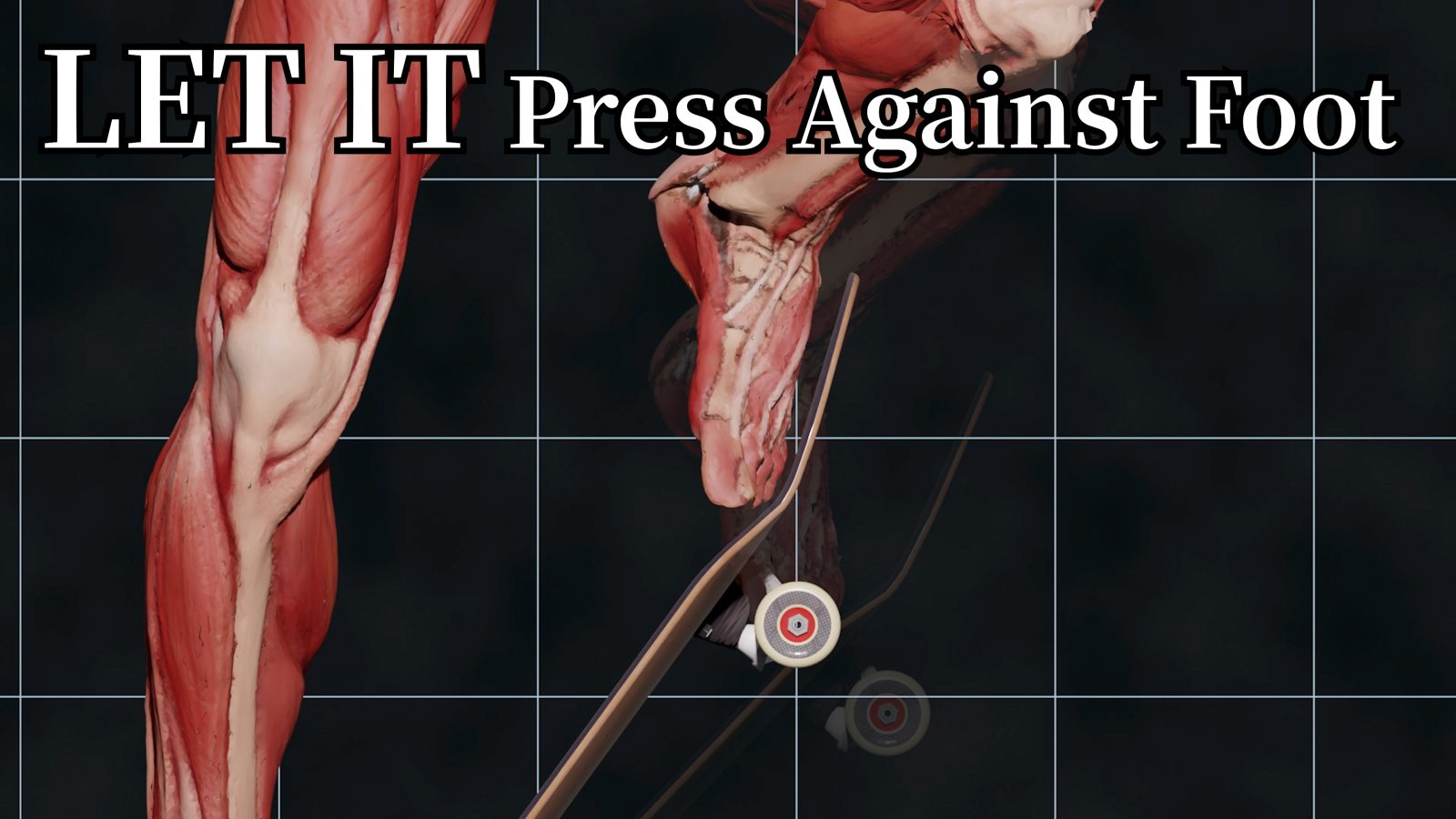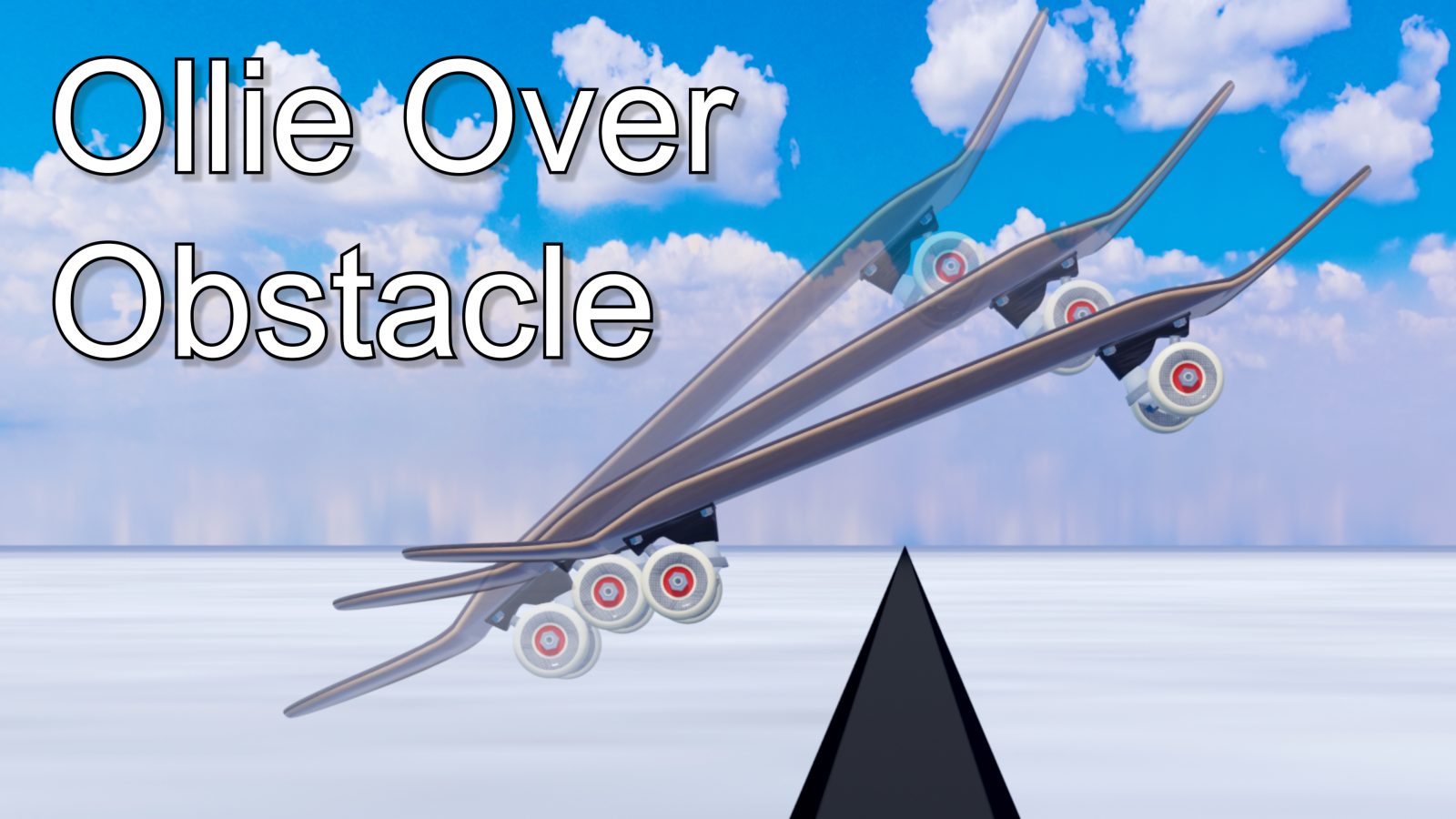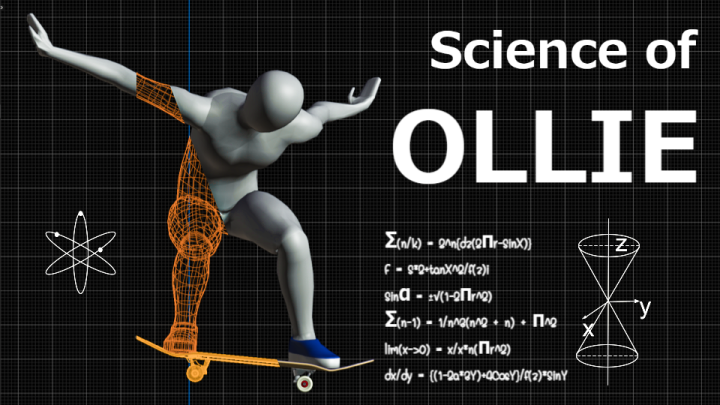Let's science the Ollie
Just pop the tail and slide up your front foot. It sounds simple enough. So, why do so many people struggle with the Ollie? The truth is, behind what looks like a basic trick lies a complex mechanism. In this article, I'll break down the pop, the slide, and the landing of the Ollie from a scientific point of view.
Summary
Lifting Your Body Weight Is the Foundation of the Ollie
Before popping the tail, it's essential to lift your body weight using both feet. By shifting your center of gravity upward, you generate a reaction force from the ground that helps lift your body. Simply popping the tail isn’t enough — the key is to initiate a jumping motion first and focus on lifting yourself before any other step.
The Timing of the Front Foot Push Is Everything
The timing of pressing down with your front foot greatly affects the height and control of your Ollie. By pushing while the board still has upward momentum, you can effectively raise the tail and make the most of your front foot’s movement. More important than the direction of the push is the exact moment you apply it.
Lifting and Tilting the Back Foot Stabilizes Your Landing
Raising your back foot high and tilting your leg inward allows the tail to lift more strongly. Especially during the landing phase, this movement helps return the board underneath your center of gravity. A stable landing depends on both foot control and maintaining a straight body axis throughout the motion.
3D Simulation
Hit the middle button to activate a 3D animation.
Step1 Lift your body weight
Before popping, make sure to lift your body weight using both feet. When you're standing on the ground, you can jump using only your back foot. This is because when you push down against the ground, the ground pushes you back with an equal force, and your back foot and body receive that reaction.
We humans are so used to this feeling that we tend to misunderstand how an Ollie works. Assuming you could press down the tail with just one foot. Right after you start pushing, there's nothing under the tail. So, no matter how hard you pop, nothing pushes back against your body weight. In other words, popping alone will not lift your body off the ground.
The body continues to descend until the tail reaches the ground. To make it worse, the force to pull up the front foot amplifies this downward force, resulting in a downward momentum when the tail reaches the ground. Trying to counteract such force with the instantaneous force of the tail hitting the ground is like trying to jump instantly while standing on one foot.
So what do you do? If you observe the movement of jumping with one foot closely, you'll notice that the foot continues pushing down on the ground for a certain duration of time before the body starts to lift. That's because it takes some time to cancel out the downward force on the body and generate enough upward force to lift it. In other words, you're not lifting your body with an instant pop; you're pressing down on the ground over time.
The same applies to an Ollie. You need some time to lift your body weight. To do that, you must press down on the board with both feet. When the back foot starts pushing the tail, the nose tries to come up―but the front foot pushes it down with equal force so the board stays level while pressing down on the board.
As a result, the force from both feet transfers to the wheels and pushes against the ground, which creates the reaction that lifts your body. Keep in mind that a pop comes after your body starts to lift.
Step2 Pop the tail
They often say, "Use the snap of the ankle," when explaining how to pop. However, this does not mean you need to focus only on the motion of the ankle. If you consider the biomechanics of a human when jumping, you'll notice that the final point of contact with the ground is typically the toe. Therefore, in a motion that lifts the body weight, the ankle naturally performs a snapping motion.
In addition to the natural mechanics of the human body, you can maximize your pop by consciously using your ankle at the moment your back leg is fully extended.
As for the placement of the back foot, it doesn't need to be overly precise. In general, placing the ball of your foot near the center of the tail's edge makes it easier to perform a higher Ollie. However, since people have different foot shapes and shoe sizes, it may not always look like your foot is perfectly centered. What matters most is finding a foot placement that feels stable and allows you to pop comfortably.
Step 3 Position of the board
And after popping, the board does not rise vertically; it lifts toward your body, pivoting around the tail. You can lift the tail most efficiently by pushing the nose in the opposite direction of the board's momentum to come up.
It's just like the bottle flip. When you throw a bottle and flick the cap downward right as you let go, it flips effectively. But if you try to pull it sideways, it won't flip. This means that to lift the tail, the nose must have enough energy to come up, and you have to apply force against it.
To maximize the lifting force of the nose, it is effective to move the center of gravity slightly toward the nose before popping. By popping like so, the force of the back foot will naturally be directed toward the tail, causing the board to rise more strongly than when the tail is popped vertically.
Step4 Direction of the push
Once the nose lifts, push it with your front foot. From your point of view, try to press it straight down in relation to where your front foot is. There's a common belief that you need to push the front foot forward to "bone out" an Ollie, so some people may hesitate to press straight down. But if you compare the position of your head and your front foot, you'll notice that the front foot is diagonally in front of you. That means even if you press it straight down from your point of view, the force includes downward and forward components already, so you don't have to worry about pushing it forward. Furthermore, as explained, you can lift the tail effectively by pushing the front foot in this direction.
Suppose you were able to push your front foot exactly horizontally. The foot may move horizontally, but as a result of lifting the center of gravity, both the body and the entire leg will continue to rise. Consequently, the front foot will move diagonally upward, and you will not be able to pull up the tail, just like you can't flip a bottle by pulling the cap horizontally.
Step 5 Timing of the push
Also, the timing of pushing down the front foot is a crucial factor. Even if you push it down in the same direction, the results will be completely different depending on the timing. In order to effectively pull up the tail, you must press down on the nose immediately after sliding it up while the board still has the energy to lift.
Imagine you push the nose when the board is already descending. If you push down on the nose at the same speed as its descending speed, the board will not receive any force, and the tail won't lift. And if you push it down faster than its falling speed, it will indeed cause the tail to lift, but it will also increase the overall downward speed of the skateboard. This is why, in some Ollies, the skater lands on the nose first―because they try to push the front foot too aggressively while the board is already descending.
In other words, what's most important for boning out your Ollie is not how hard you push your front foot forward but rather how quickly you can transition from lifting your front foot to pushing it downward.
The tail lifts due to the difference between the board's upward movement and the front foot's downward push. In order to maximize this effect, slide up your front foot to bring the board higher and increase the upward momentum. Even before you reach the peak of your Ollie, you must be ready to press it down. Don't be obsessed by the movement of the front foot too much, though. Once again, the first step is to lift your body weight.
Step 6 Lifting & Tilting the back foot
Once the motion of the front foot is complete, lift your back foot. Try to bring it closer to your groin; this causes the entire leg to tilt inward, which helps maximize the lift of the tail.
However, if you are duck-footed, even if you lift your back foot, the toe tends to stay low, which can interfere with the force of the tail to lift. To avoid this, it is recommended that you twist your entire back leg inward as you lift it. This way, instead of the toe, the side of your back foot makes contact with the board, allowing you to lift the tail higher more effectively.
Step 7 Landing
Bringing your back foot higher also moves it forward and plays an important role in bringing the board back underneath your center of gravity, especially when you bone your Ollie.
As the body begins to descend, the back foot moves toward the tail, widening the stance in an attempt to support the body weight. This movement pulls the board back underneath the center of gravity.
Be careful: if you tilt your body axis or if you push the board too far forward, you won't be able to bring the board back underneath your body.
Tips
This trick is also explained in the follwing articles.
Why Popping Doesn’t Lift the Board: A Scientific Breakdown

The reason why your Ollie doesn't get high lies in the principle of the seesaw. The force to pop the tail may angle the board, but it does not move the center of gravity. When you jump on the ground, your center of gravity is between your feet. The same is true when jumping on a seesaw. So, the same should be said on a skateboard, right? Meaning, trying to lift your body weight by popping is wrong. This time, let's scientifically analyze what jumping on a skateboard is and the role of the pop.
Ollie Physics vs. The Myth: Why Front Foot Should Lift, Not Push

If you're having trouble getting your Ollie higher, FORGET about practicing sliding your front foot against the board. The reason behind it is hidden in a secret movement technique once used by ancient Japanese assassins.
In this article, we will analyze how the use of the front foot in an Ollie shares common points with classical martial arts and examine it from the perspectives of biomechanics and physics to uncover what it takes to achieve higher Ollies.
The science of Ollie over obstacle: Analyzing Speed, Line of Sight, Center of Gravity, and Front Foot Usage

You can Ollie when standing still and manage to Ollie while moving, too. But as soon as you try to Ollie over something, all of a sudden, something goes off, and everything becomes harder. But why? Let's scientifically break it down.
In this video, I will explain some important points of an Ollie over an obstacle; "speed," "line of sight," "center of gravity," and "use of the front foot."
How to Float Out Ollie from Physics Perspective

If you think your Ollie does not float, no matter how much you slide up your front foot, try to change the way you think about it. Your front foot slides up the board because the board presses against the front foot, not because the front foot presses against the board.
When you pop the tail, the board lifts in an arc. The trajectory of this arc meets the position of the front foot, so by pulling up your front foot while the board is pushing against it, you can lift the board without intentionally pushing it against the nose.
Conversely, if you press your front foot against the board, the board will fall without lifting as you will cancel out its energy to lift. In this article, we will scientifically analyze how a skateboard lifts in an Ollie.
Physiologically effective timing of Ollie

Timing matters. When your Ollie becomes rocketed or low, that could be because of timing rather than a lack of muscles.
Think about it; you can pop the tail while standing on the ground. So if it becomes incredibly harder in an Ollie, there must be hidden science behind it. This time, we will study the timing of an Ollie from a scientific and physiological point of view. Trust me, what we will discuss today applies to many other tricks, too, whether it's a treflip or 360 pop shove-it or noseslide, or what so ever.
Trouble Shooting
The turning problem #2

Why does my Ollie turn?
Either popping wrong or closing shoulders midair could turn your Ollie.
You are popping down straight downward and sliding your front foot straight forward. But your board turns in the air. Why?
In general, we say our board turns because we open our shoulders. But couldn't that be the other way around? I mean, what if it's because you kick the ground in a certain way that your shoulders open, especially when you are not intentionally opening your shoulders and don't know why that's happening?
Why does your Ollie turn? Let's scientifically break it down

Why does my Ollie turn?
There are more than 5 reasons including the use of shoulders. Weight distribution could be a major factor, too.
Last time, we went over the basics of an Ollie. As a common problem, you might have hard time keeping your board parallel to the direction you are going. But is that really your shoulders that make your Ollie turn? I mean, it could be but is that all because of that? If it is, you shouldn't be able to Ollie with your shoulders open or front side 180 with your shoulders closed. But in reality, they are possible. This would probably mean that we are missing something radical.



 Convert your video into 3D
Convert your video into 3D Facebook
Facebook Twitter
Twitter

